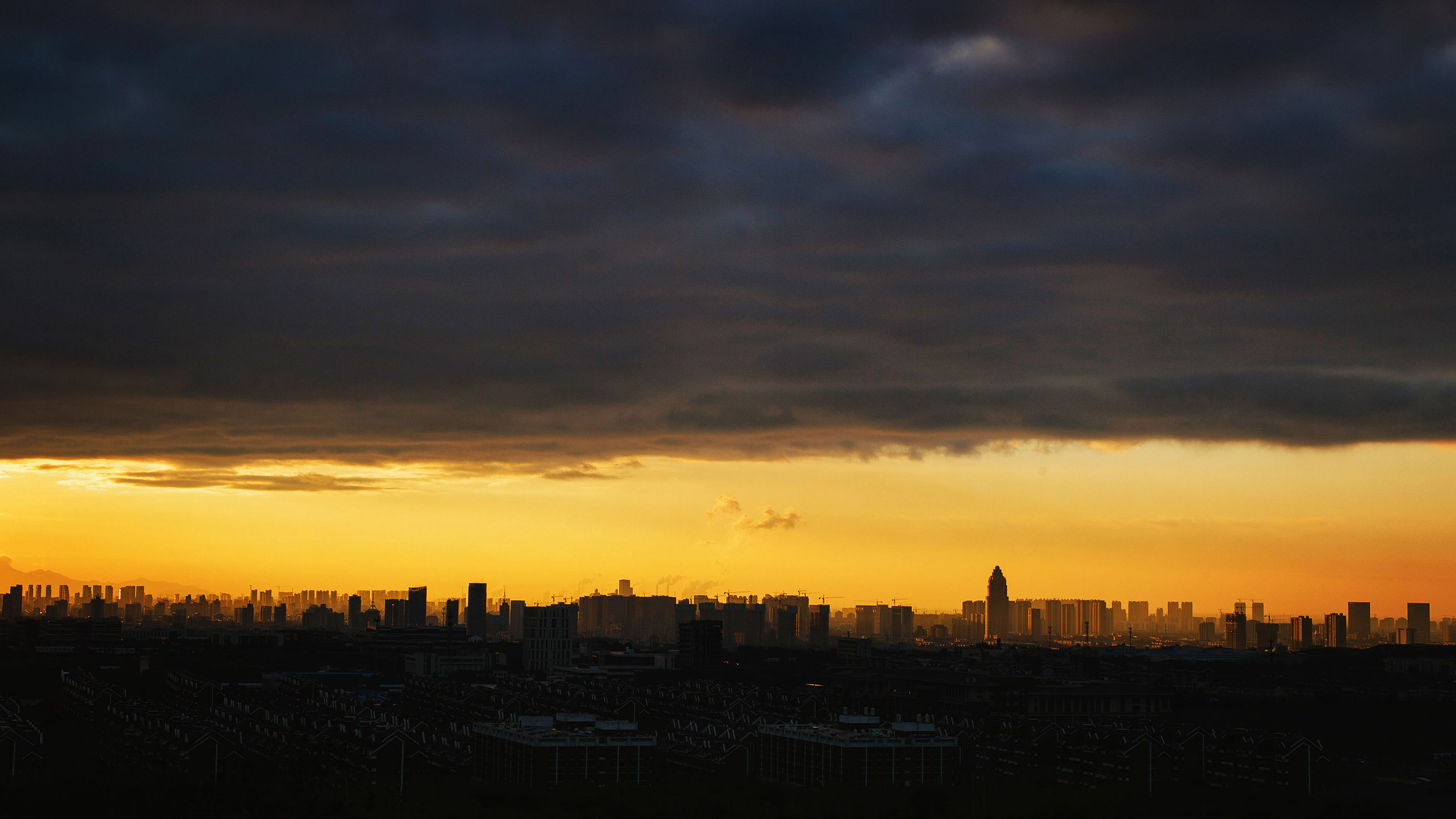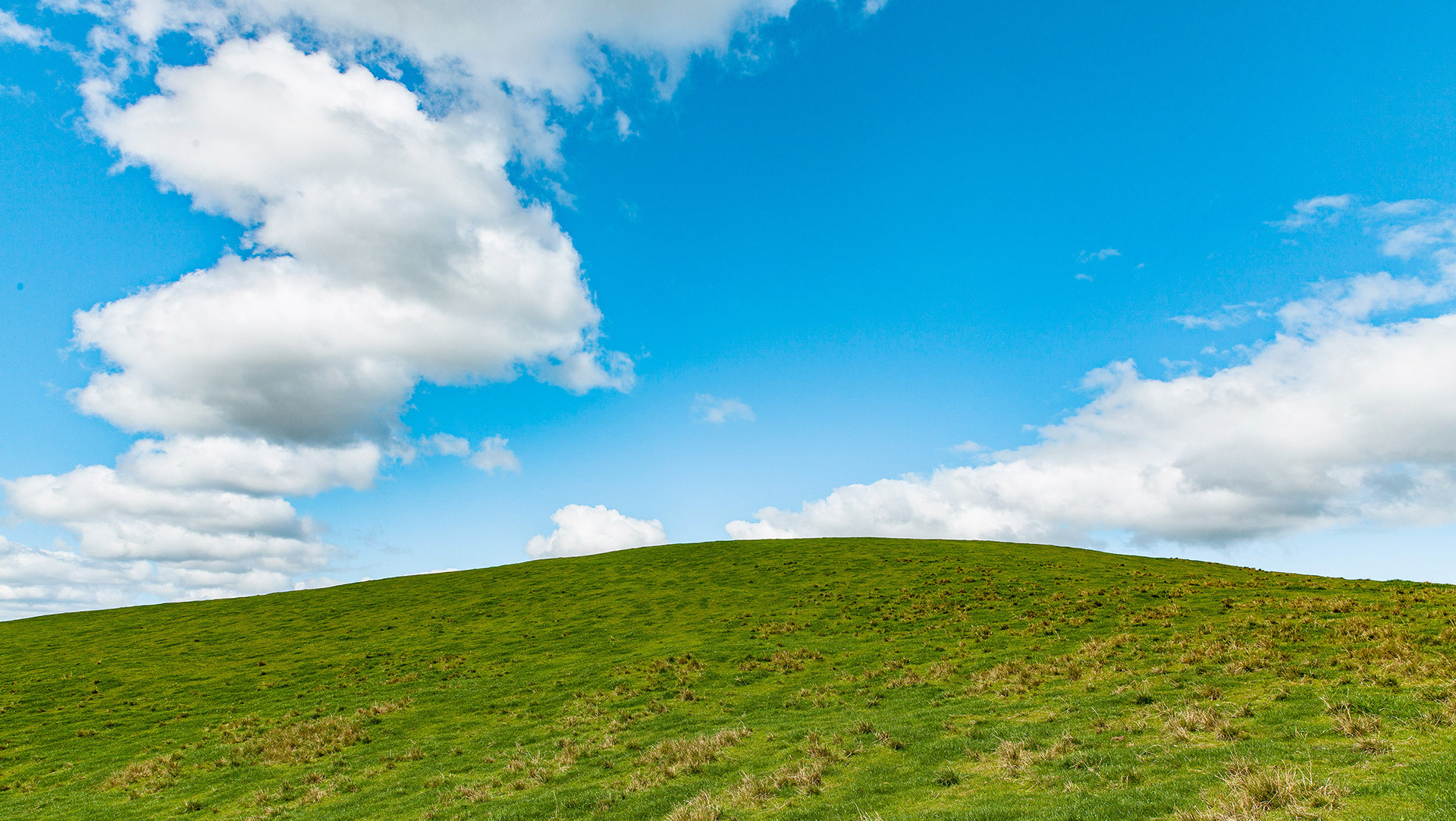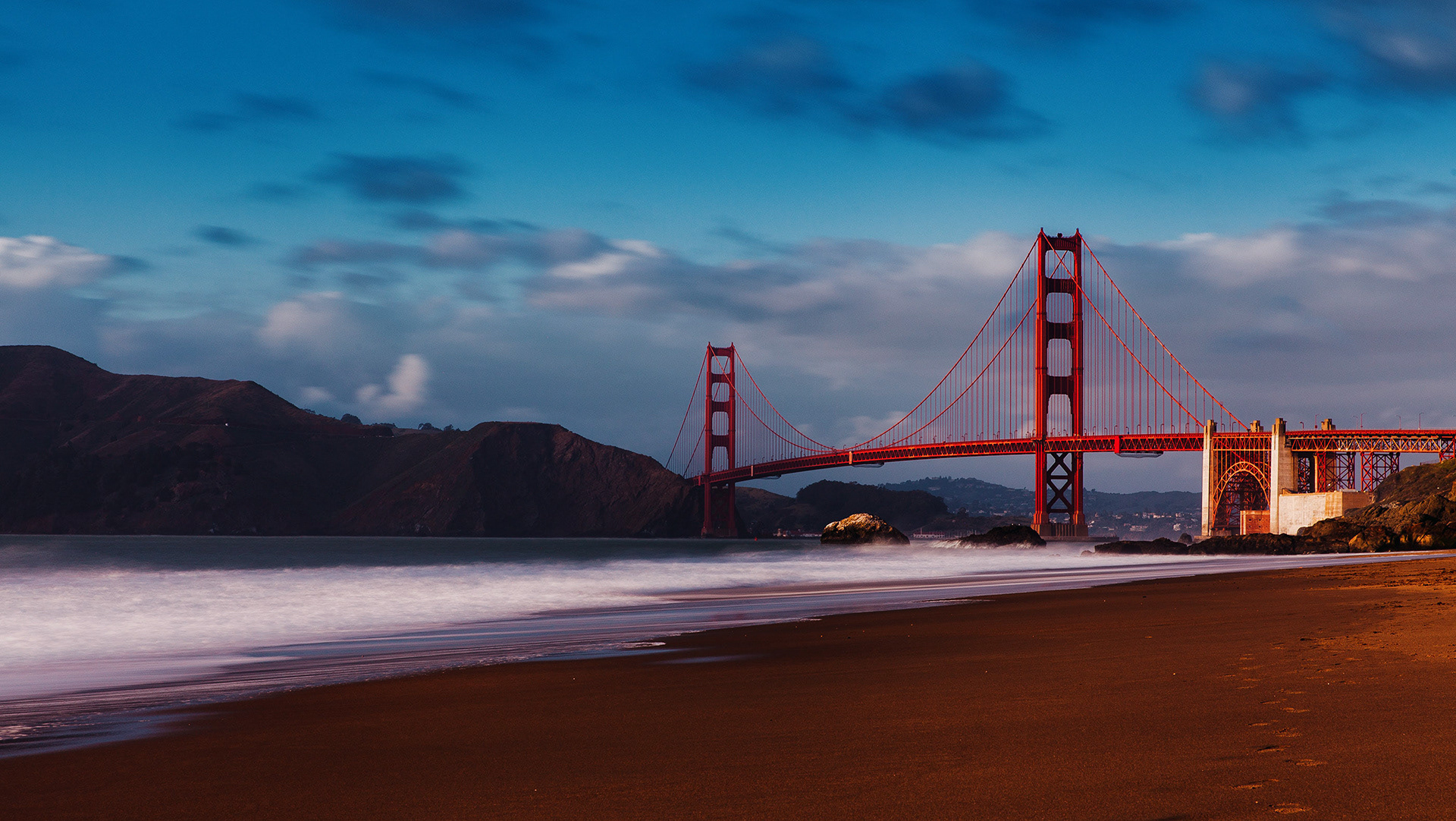The West Coast region reaches from Kahurangi Point in the north to Awarua Point in the south, a distance of 600 km. This land is very scenic, with wild coastlines, mountains and a very high proportion of native bush, much of it native temperate rain forest. When the mountains began forming millions of years ago they produced precious gold and pounamu (New Zealand Jade) deposits, treasured by Maori and pioneers, giving birth to the Coast’s rich history. Nature also carved dramatic glacial valleys to form two of the world’s most unique and accessible glaciers.
Lake Hawea roadside farm
On the road to Glacier
Bruce Bay
The Bruce bay is a nesting ground for the Fiordland crested penguin, and endemic Hector's dolphins and southern right whales can be observed from the shore on occasion. Some of the bush around the bay has been cleared for farming, and quartz stones can be found on the beach.
Our BNB stay
The Franz Josef Glacier
Franz Josef Glacier. The 12 km long glacier is one of New Zealand's most spectacular natural attractions, a remnant from the Ice Age which is one of South Westland's major attractions for visitors. The Glacier area (which also includes Fox Glacier) attracts up to 250,000 tourists every year - most of them viewing the glacier close up by taking a walking tour or getting the big picture from the sky by helicopter.
Bruce Bay
Morning Frog
Prepare to leave the Westcoast
Gorgeous Fog
2019 Same lake
2016
Having retreated several kilometres between the 1940s and 1980s, the glacier entered an advancing phase in 1984 and at times has advanced at the rate of 70 cm a day. The flow rate is about 10 times that of typical glaciers. From a long term perspective, the glacier has retreated since the last ice age, and it is believed that it reached the sea some 10,000 to 15,000 years ago.
Can't stop watching
Hokitika Seaside
Fox Glacier
Okarito Beach
The house we stay in 2016
At the Blue Ice Cafe, and enjoy the music upstairs after your meal. Licensed till 3am, has DJs in house through the tourist season and has rave reviews for the Lamb Shanks, Whitebait.
Wharf in Okarito
On the road
Remarkable sunset
WestCoast Official Website: https://westcoast.co.nz









